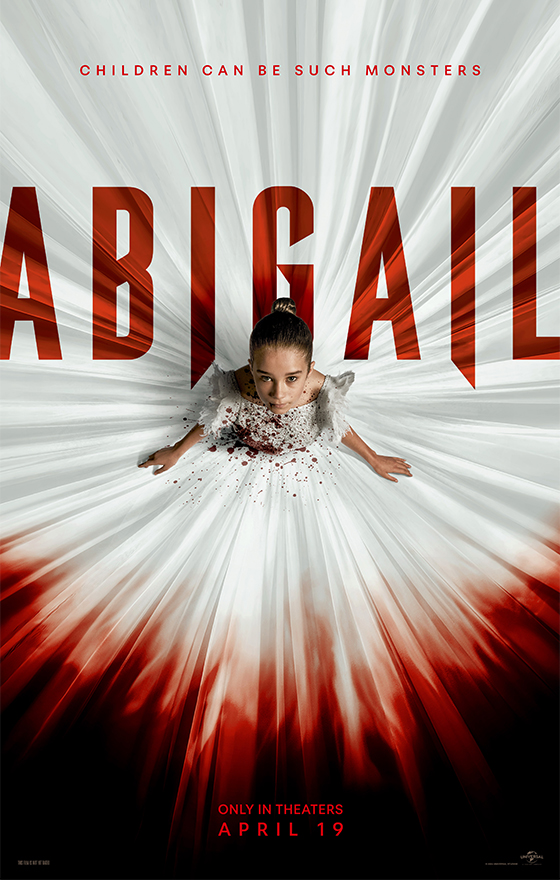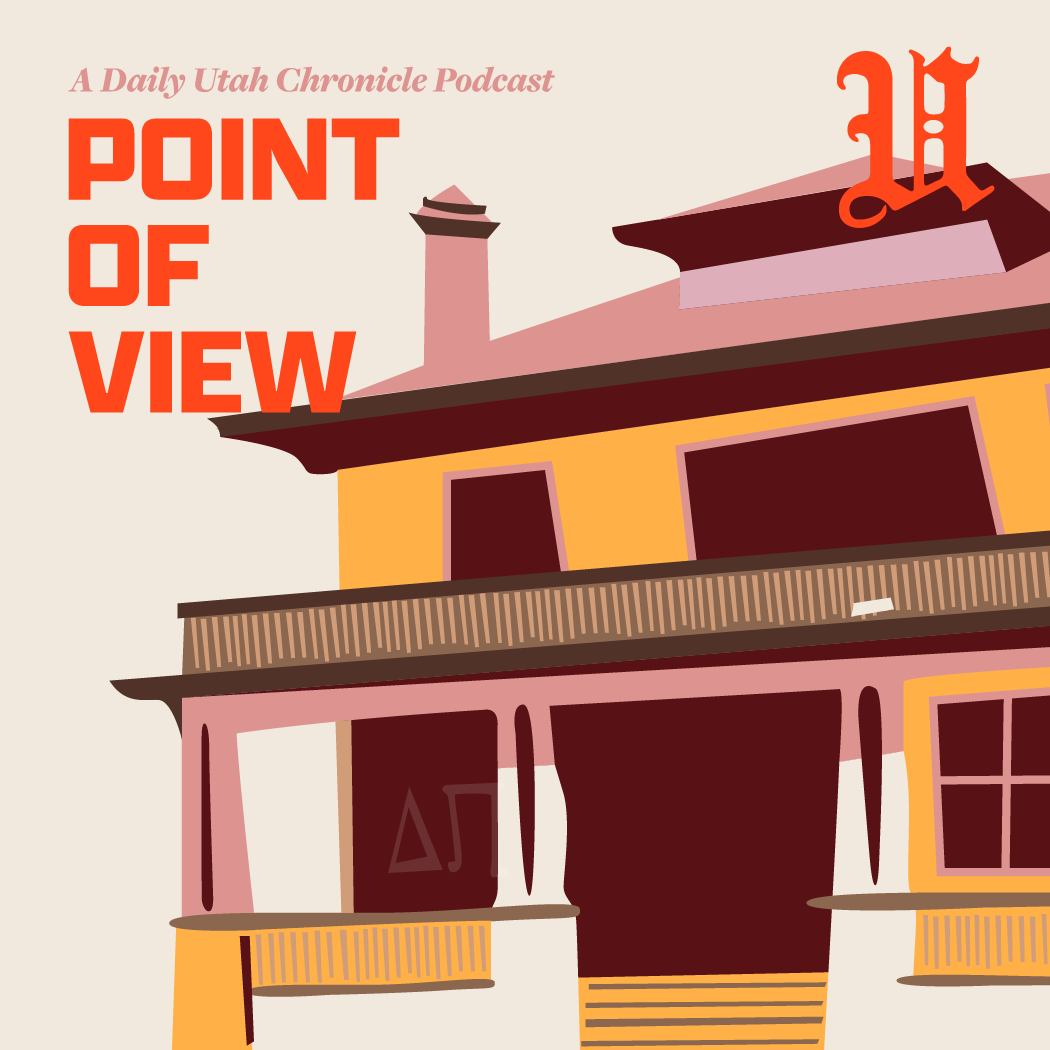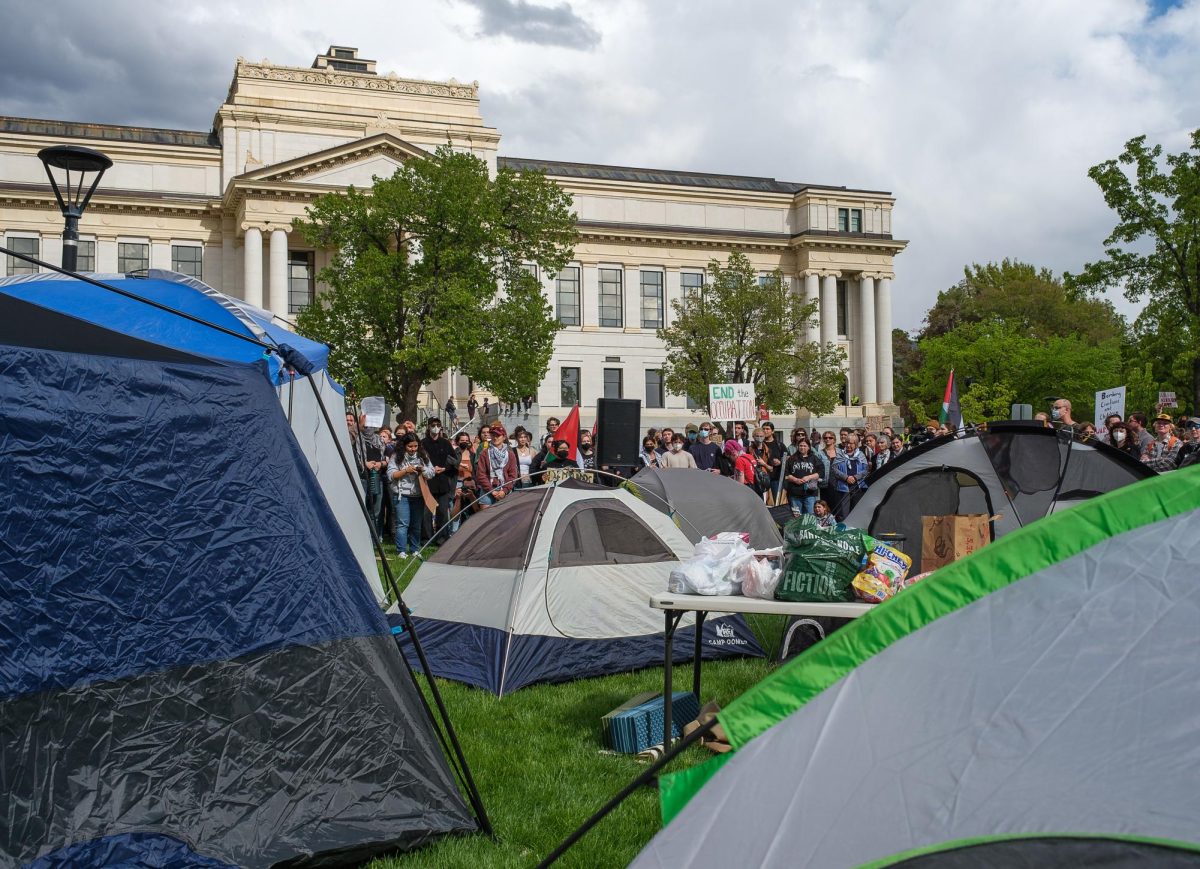By studying non-parasitic flatworms and how they regenerate, U researchers believe new information could eventually lead to regeneration of human limbs and the regrowing of cells damaged in the heart or brain after someone suffers a heart attack.
In a study led by Alejandro Sánchez Alvarado, a professor of neurobiology and anatomy at the School of Medicine, researchers found that when the flatworm is sliced in half, the two severed parts regenerate the half they lost. If the head is cut off, the severed head will grow a new tail, and the severed tail will grow a new head.
“Basic research and other models show us what we learn may be very applicable,” said Jason Pellettieri, a post-doctoral fellow in the U department of neurobiology and anatomy.
It’s not just flatworms that can regenerate body parts. Humans, to a certain extent, can also regenerate certain parts of their body. The skin, when wounded, will begin to heal itself because of the regeneration ability it possesses. Part of the human liver can also be removed, and it will grow back, remodeling itself into a properly functioning liver, Pellettieri said.
The flatworm’s ability could one day be applied to regrowing other parts of the human body that don’t recover from damage, such as the heart, brain and limbs.
This study has found that cell death plays an important role in the regeneration of new ones. To be able to regenerate, the part of the body that has been damaged needs to replace the missing or dead cells. When studying the flatworms, researchers found that the adult stem cells start to divide, enabling those new cells to replace some of the old tissue, Pellettieri said.
In the second part of the process of regeneration, the remaining part of the body needs to restructure itself. The new tissue is formed from the stem cells, and the other tissue is reshaped to fit with the new tissue, Pellettieri said. Researchers are unsure how the body knows how to reshape the tissue or what type of body part needs to be rebuilt.
This research could not only lead to the regeneration of limbs, but also to cells in the heart and brain.
“You need both things happening,” Pellettieri said. “We really need to understand both processes.” This study emphasizes that stem cell biology is not the be-all and end-all of regeneration, he said.
“We do find examples of other animals that can regenerate in every group of animals,” Pellettieri said. “This is not some novel invention that just a few select animals can do.”
Researchers believe the reason animals and humans can regenerate parts of their bodies is because there might have been some common ancestor that had this ability of regeneration, Pellettieri said. However, as species evolved over time, some of that information was lost. Researchers do not know why this information was lost and how some animals were able to retain this ability and others did not.
In the future, researchers would like to study more about the molecular signaling pathways and how they affect regeneration, Pellettieri said.









